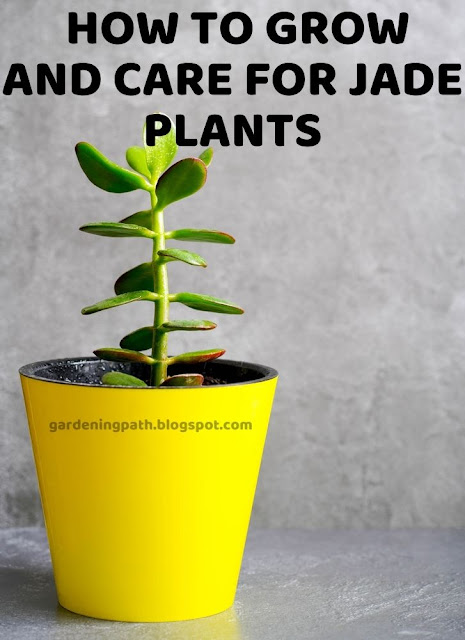Growing Orchids at Home: How to Grow and Care for Orchids

Orchids, also known as Orchidaceae, are one of the most beautiful flowers around due to their large, long-lasting blooms and crisp colors. They can be found in white, pink, magenta, purple, and yellow hues. Orchids symbolize fertility, elegance, and love. Orchids are some of the most commonly grown houseplants. Provided they have proper growing conditions, it isn’t difficult to learn how to take care of orchid plants. If you are new to the world of orchids, don't be afraid of them. Many orchids can be easy to grow if you take some time to learn what they need. One of the most popular types of orchids is the moth orchid or phalaenopsis. This variety blooms one to two times a year and the flowers last from two to three months. Other popular types of orchids are dendrobium and oncidium, which bloom one to two times a year and have flowers that last a little over a month. Orchid Growing Tips There are more than 20,000 types of orchids around the world, and their growth is dependant on ...







